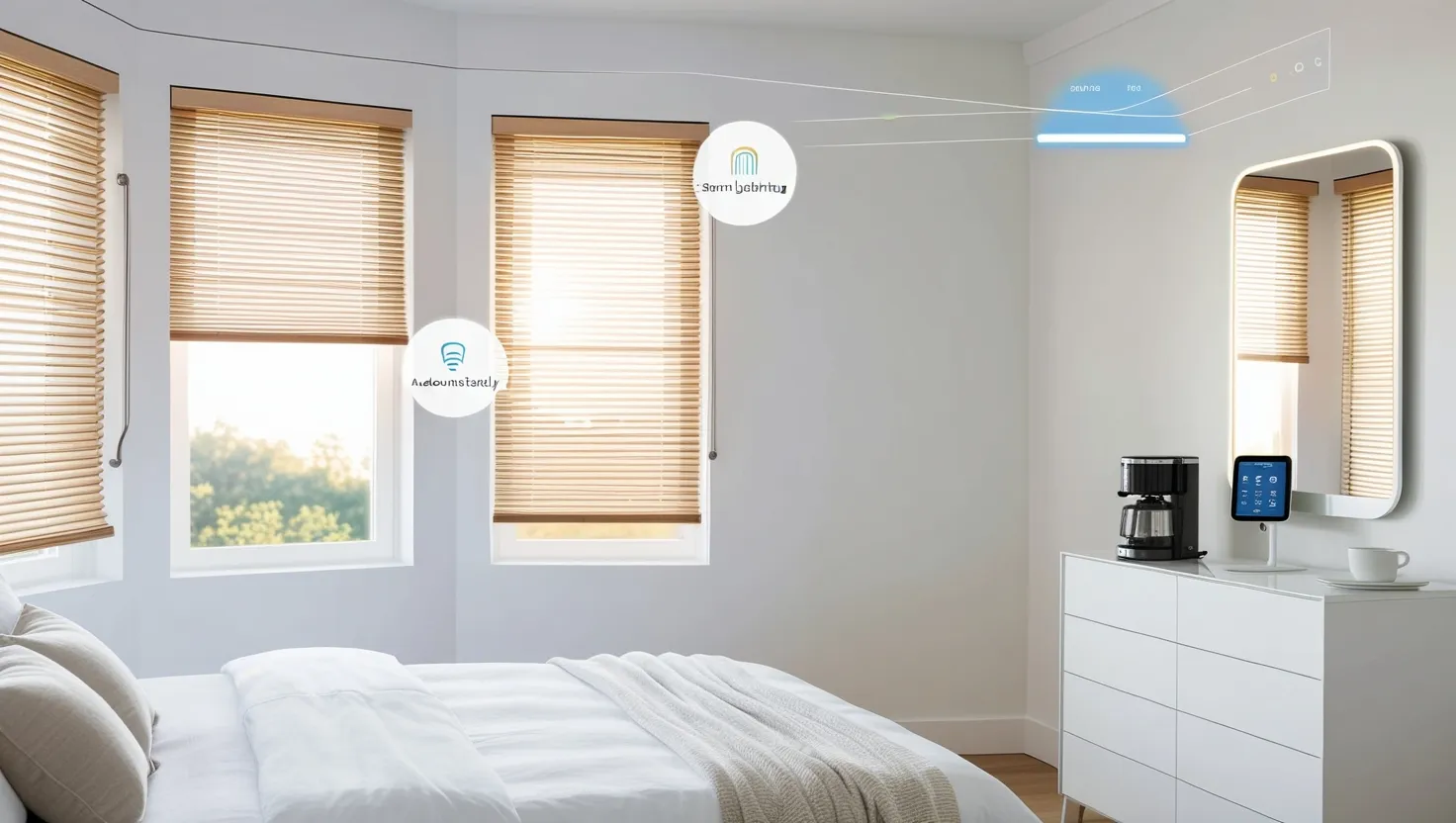Mastering the Art of Time Management: The 4Ds Approach
Time management is a crucial skill in our fast-paced world. Whether you’re a busy professional, a student juggling multiple courses, or a stay-at-home parent managing a household, effective time management can make a world of difference. Enter the 4Ds of time management - a simple yet powerful approach that can revolutionize the way you handle tasks and projects.
The 4Ds stand for Delete, Delegate, Defer, and Do. These four words might seem basic, but they pack a punch when it comes to organizing your workload and boosting productivity. Let’s dive into each of these elements and see how they can transform your daily routine.
Delete: The Power of Saying No
We often find ourselves drowning in a sea of tasks, many of which aren’t really necessary. That’s where the “Delete” step comes in. It’s all about identifying and eliminating tasks that don’t contribute to your goals or aren’t essential.
Think of it like decluttering your closet. You wouldn’t keep clothes that don’t fit or that you never wear, right? The same principle applies to your to-do list. Those unnecessary meetings, redundant reports, or time-wasting activities? It’s time to hit the delete button.
For instance, let’s say you’re subscribed to a dozen newsletters that you never read. They just clog up your inbox and distract you from important emails. Unsubscribing from these is a perfect example of “deleting” unnecessary tasks.
Remember, saying “no” to non-essential tasks isn’t being rude or lazy. It’s about respecting your time and energy, and focusing on what truly matters. It’s okay to decline that meeting invitation if you don’t have a direct role to play. It’s fine to step back from that volunteer commitment that’s no longer aligned with your goals.
Delegate: Sharing the Load
Next up is “Delegate.” This step is all about recognizing that you don’t have to do everything yourself. In fact, trying to do so can lead to burnout and subpar results. Delegation is about assigning tasks to others who might be better equipped to handle them.
If you’re a manager, this might mean entrusting team members with specific responsibilities. If you’re a freelancer, it could involve outsourcing certain aspects of your work to other professionals. Even in your personal life, delegation can be powerful - like asking your partner to handle grocery shopping while you tackle the laundry.
The key to effective delegation is clear communication. Make sure you provide all the necessary information and resources. Set clear expectations and deadlines. And remember, delegation isn’t about dumping work on others. It’s about empowering people and utilizing everyone’s strengths for the best possible outcome.
Defer: The Art of Strategic Postponement
Not everything needs to be done right now. That’s where “Defer” comes into play. This step involves postponing tasks that are important but not urgent. It’s about strategic planning rather than procrastination.
For example, you might have a great idea for a new project, but if your plate is already full with urgent deadlines, it’s wise to defer that new initiative. Set a specific date to revisit it, and make sure to note it down in your planner or task management system.
Deferring tasks helps you focus on what’s truly urgent without losing sight of future priorities. It’s a balancing act between immediate needs and long-term goals. Just make sure that when you defer something, you have a concrete plan for when you’ll tackle it.
Do: Taking Action
Finally, we come to “Do.” These are the tasks that require immediate attention. They’re both important and urgent, and they need to be tackled head-on.
When you’re in “Do” mode, it’s crucial to minimize distractions. Turn off notifications, find a quiet space to work, and give the task your full attention. Break larger tasks into smaller, manageable chunks to avoid feeling overwhelmed.
A helpful trick here is the two-minute rule. If a task can be completed in two minutes or less, do it immediately rather than adding it to your to-do list. This prevents small tasks from piling up and becoming overwhelming.
Implementing the 4Ds in Your Daily Life
Now that we’ve covered each of the 4Ds, let’s talk about how to put them into practice. It’s not about rigidly categorizing every single task. Instead, think of the 4Ds as a flexible framework to guide your decision-making.
Start by setting clear goals. What do you want to achieve today, this week, this month? Once you have your goals in mind, list out all your tasks and responsibilities. Then, go through each item and ask yourself: Should I delete this? Can I delegate it? Is it something I can defer? Or is it something I need to do now?
It might feel a bit overwhelming at first, but with practice, this process will become second nature. You’ll find yourself automatically assessing tasks as they come in, deciding whether to delete, delegate, defer, or do them.
Remember, the 4Ds aren’t a one-time fix. They’re a continuous process. As new tasks come in and priorities shift, you’ll need to reassess and recategorize. That’s okay - flexibility is key to effective time management.
Combining the 4Ds with Other Techniques
The beauty of the 4Ds is that they can be combined with other time management techniques. For instance, you might use the Eisenhower Matrix (which categorizes tasks based on urgency and importance) to help you decide which tasks fall into which of the 4Ds.
Or you could use the Pomodoro Technique (working in focused 25-minute blocks followed by short breaks) to tackle your “Do” tasks more efficiently. The 4Ds provide the overall framework, while other techniques can help you execute specific aspects more effectively.
Real-Life Application of the 4Ds
Let’s look at how the 4Ds might play out in real life. Imagine you’re a freelance graphic designer with multiple projects on the go. Here’s how you might apply the 4Ds:
Delete: You realize that you’ve been spending too much time on social media under the guise of “networking.” You decide to limit your social media time to 30 minutes a day, effectively deleting hours of unproductive time from your schedule.
Delegate: You’ve been struggling with the financial aspects of your business. You decide to delegate your bookkeeping to a professional accountant, freeing up your time to focus on design work.
Defer: A client suggests a exciting new project, but you’re currently at full capacity. Instead of turning it down, you defer it, scheduling it to start next month when your current projects will be winding down.
Do: You have a logo design due tomorrow. This becomes your top priority - you block out several hours of uninterrupted time to focus solely on this task.
The Benefits of Embracing the 4Ds
Adopting the 4Ds approach can lead to numerous benefits. First and foremost, it can significantly boost your productivity. By focusing on what truly matters and eliminating or postponing less important tasks, you can accomplish more in less time.
The 4Ds can also reduce stress and overwhelm. When you have a clear system for prioritizing and managing tasks, you’re less likely to feel swamped or anxious about your workload. You know what needs to be done now, what can wait, and what you don’t need to worry about at all.
Moreover, the 4Ds can help improve your work-life balance. By managing your time more effectively at work, you can create more space for personal activities and relaxation. You might find yourself leaving the office on time more often, or having more energy for hobbies and family time.
Lastly, particularly when it comes to delegation, the 4Ds can help in team building and personal growth. Delegating tasks can empower your team members, helping them develop new skills and take on more responsibility. And for you, learning to let go and trust others can be a valuable growth experience.
Overcoming Challenges in Implementing the 4Ds
While the 4Ds are a powerful tool, implementing them isn’t always smooth sailing. One common challenge is difficulty in distinguishing between urgent and important tasks. Sometimes, everything can feel urgent! This is where taking a step back and objectively assessing each task becomes crucial.
Another hurdle can be the reluctance to delegate. If you’re a bit of a perfectionist, you might feel that no one can do the task as well as you can. However, remember that delegation isn’t about achieving perfection - it’s about managing your time effectively and empowering others.
Deferring tasks can also be tricky. There’s a fine line between strategic postponement and procrastination. Make sure you have a solid plan for when and how you’ll tackle deferred tasks, so they don’t fall through the cracks.
Lastly, staying focused on your “Do” tasks can be challenging in our distraction-filled world. This is where techniques like the Pomodoro method can be helpful, creating dedicated focus time to power through your most important tasks.
Conclusion: Embracing the 4Ds for a More Balanced Life
The 4Ds of time management - Delete, Delegate, Defer, and Do - offer a simple yet powerful framework for tackling your to-do list and managing your time more effectively. By regularly assessing your tasks through this lens, you can focus on what truly matters, reduce stress, and achieve a better work-life balance.
Remember, mastering the 4Ds is a journey, not a destination. It takes practice and patience to implement this approach effectively. You might not get it perfect right away, and that’s okay. The key is to keep at it, refine your approach over time, and be flexible.
So the next time you’re feeling overwhelmed by your to-do list, take a deep breath and think about the 4Ds. Which tasks can you delete? What can you delegate? Is there anything you can defer? And what do you need to buckle down and do right now?
By embracing this approach, you’re not just managing your time - you’re taking control of your life. You’re choosing to focus on what’s truly important, both in your work and personal life. And that’s a powerful thing indeed.






